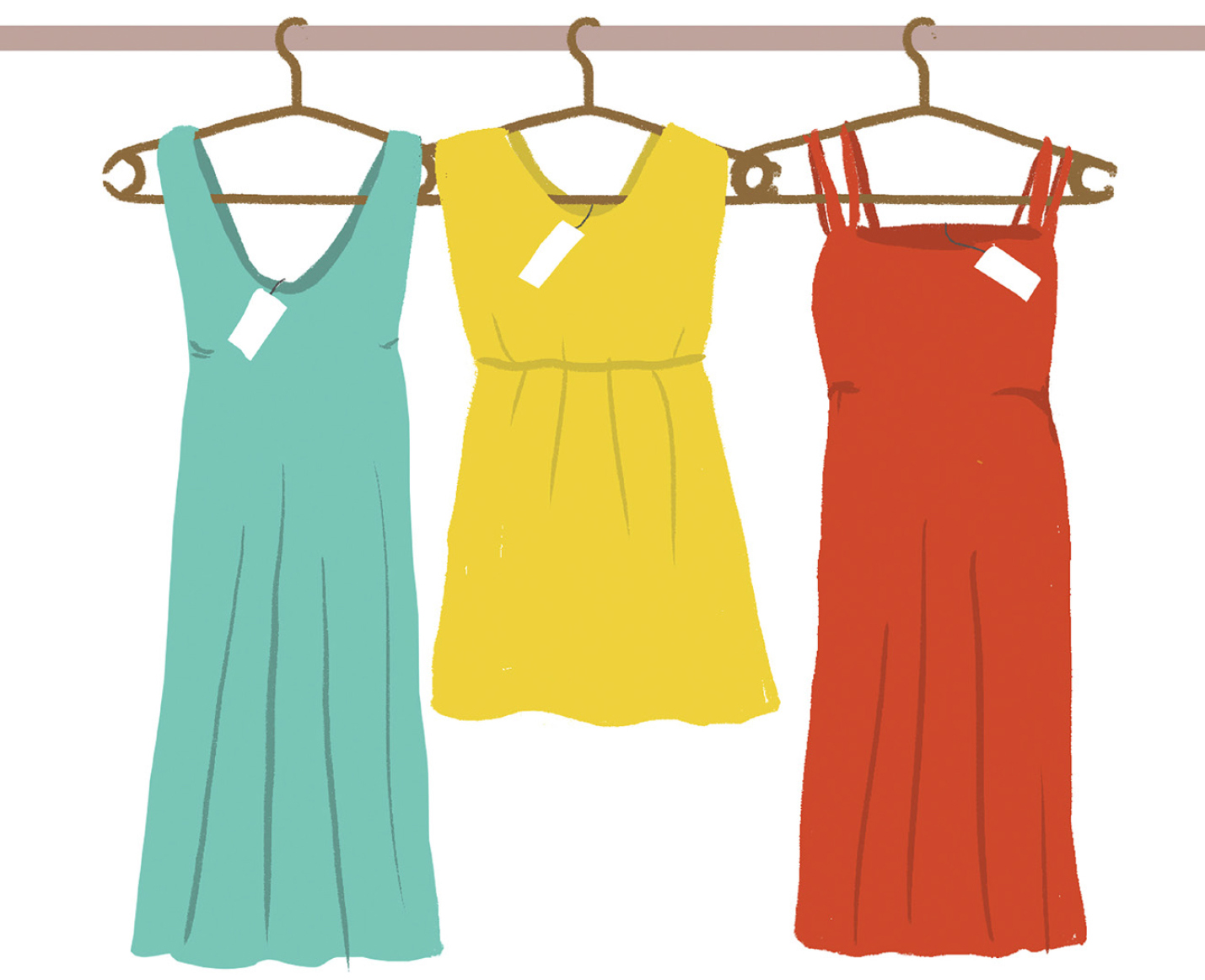Urges & Necessities
Wanting more can be a real challenge for most of us. Sitting at home, it can be easy to crave, whether for something immediate like a bar of chocolate from the shop, a takeaway meal instead of the hassle of cooking, or a friend to come over and cheer us up, or something more drastic like a bigger house. Out of all of our emotions and experiences, the desire for more is the most prevalent – but often when we get what we want, our desires are briefly satisfied, and then a new urge is formed.

RESISTING THOSE URGES
Surfing our urges is a technique developed by the late Alan Marlatt, a notable psychologist who coined the theory to help us resist our desires. We can think of an urge as an impulse to engage in an old habit, such as getting home and opening a bottle of wine every night, or online shopping from the comfort of the sofa without thinking about what you already have in your wardrobe. With urge surfing, we observe the physical feeling like a wave as it rises and falls and continue to do this until it passes. This normally lasts no more than thirty minutes, and helps us to deepen our practice of mindfulness in the home, perhaps it saves us money at the same time.
As you’re sitting at home, you might notice a desire to book a spontaneous holiday, or to order in some junk food. If you turn your awareness inwards, becoming more mindful and noticing the way that the desires flow and surge in and out of your brain, you can begin to note how the wanting wanes as you simply hang out with your sudden needs. As you listen to them become less and less urgent as time goes on, you can begin to see that the desire passes. Just like everything else, it is impermanent. That moment of going from being aware of the desire to seeing it pass out of range can feel freeing. When you realize that you don’t have to act on every desire that enters your mind, you realize that you’re not a slave to your own whims. We can switch from wanting to not wanting something, making us feel content with what we have already. The key here is to practise with this meditation tool as soon as one of these urges surfaces, so that you can begin to use it with ease when faced with our next challenge of desire.
DON’T DO, JUST BE
It can be easy to think that we don’t have time to meditate. When it comes to managing desires, though, it’s important to practice when you don’t particularly want anything as well as when you do; you can think of the last time you wanted something, didn’t get it, and were fine afterwards. In this way, you can build up your psychological muscles so that next time you find yourself craving something you’d be wiser to do without, you’ll be prepared. The cliché ‘Don’t do, just be’ is very relevant: when meditation is a habit, it can help us to divert our thoughts and actions down a positive path without even thinking.
NOTHING LASTS FOREVER
These emotions that overtake us so frequently are impermanent, and it is important to remember this. We know this intellectually, but somehow we haven’t internalized it – or at least, when faced with our desires, it’s easy to forget. I find myself at home criticizing myself for things that I have said and done that I could have done differently, and then I put this discomfort onto annoyances in the home. I notice the chipped paint on the bathroom wall, the door that creaks; this makes me want a new door, a tidier home, a bigger space: my discomfort turns into desire for solutions. The solution should be trying to observe my thoughts, and then let them go. It isn’t really the door or the size of the rooms that’s bothering me: it’s my thoughts, and those, I can manage for myself. What I actually need to do is move on and realize that even if I got the bigger home, the door wasn’t creaky, and everything was immaculate, I would find something new to criticize and want more anyway. Surfing the urges gets easier with time, allowing us to focus on things other than fulfilling our transitory desires.